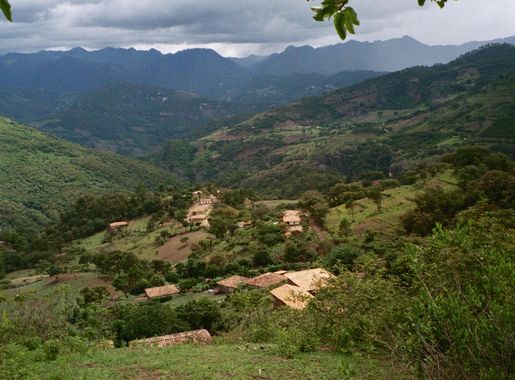
Gracias: A Hidden Gem in Honduras
Explore Gracias, Honduras: A colonial treasure with rich history, scenic beauty, and cultural heritage. Discover the hidden charm of this picturesque town.
Nestled in the western highlands of Honduras, Gracias is a charming colonial town that offers a unique blend of history, culture, and natural beauty. Often overlooked by tourists, this hidden gem provides an authentic Honduran experience far from the bustling crowds of more popular destinations. The town's cobblestone streets, historic buildings, and friendly locals make it a delightful place to explore. Gracias is rich in history, being one of the oldest towns in Honduras, founded in 1536. The town's colonial architecture is well-preserved, with notable landmarks such as the Fort of San Cristobal and the Church of La Merced. The fort offers panoramic views of the town and surrounding mountains, while the church is a testament to the town's rich religious heritage. Walking through Gracias feels like stepping back in time, with every corner telling a story of its storied past. Nature lovers will find plenty to do in Gracias as well. The nearby Celaque National Park is home to the highest peak in Honduras, Cerro Las Minas, and offers excellent hiking opportunities through cloud forests and diverse ecosystems. The park's pristine environment is perfect for bird watching, with many endemic species to be spotted. After a day of exploration, tourists can unwind in the nearby hot springs of Gracias, known for their therapeutic properties. Gracias is also a gateway to the Lenca Trail, a cultural route that connects various towns inhabited by the indigenous Lenca people. Here, visitors can learn about the Lenca's traditions, crafts, and way of life. The town's vibrant markets offer a chance to purchase handmade goods and sample local cuisine, including the famous Lenca soup. Gracias, with its rich cultural tapestry and natural splendor, is a must-visit destination for those seeking an off-the-beaten-path adventure.
Local tips in Gracias
- Wear comfortable walking shoes for exploring the cobblestone streets and historic sites.
- Visit the Celaque National Park early in the morning to make the most of your hike and spot more wildlife.
- Bring a swimsuit and towel for a relaxing soak in the nearby hot springs after a day of sightseeing.
- Purchase handmade crafts and souvenirs from local artisans to support the indigenous Lenca community.
- Try the local cuisine, especially the traditional Lenca soup, for an authentic culinary experience.
- Learn basic Spanish phrases to enhance your interaction with the friendly locals.
Gracias: A Hidden Gem in Honduras
Nestled in the western highlands of Honduras, Gracias is a charming colonial town that offers a unique blend of history, culture, and natural beauty. Often overlooked by tourists, this hidden gem provides an authentic Honduran experience far from the bustling crowds of more popular destinations. The town's cobblestone streets, historic buildings, and friendly locals make it a delightful place to explore. Gracias is rich in history, being one of the oldest towns in Honduras, founded in 1536. The town's colonial architecture is well-preserved, with notable landmarks such as the Fort of San Cristobal and the Church of La Merced. The fort offers panoramic views of the town and surrounding mountains, while the church is a testament to the town's rich religious heritage. Walking through Gracias feels like stepping back in time, with every corner telling a story of its storied past. Nature lovers will find plenty to do in Gracias as well. The nearby Celaque National Park is home to the highest peak in Honduras, Cerro Las Minas, and offers excellent hiking opportunities through cloud forests and diverse ecosystems. The park's pristine environment is perfect for bird watching, with many endemic species to be spotted. After a day of exploration, tourists can unwind in the nearby hot springs of Gracias, known for their therapeutic properties. Gracias is also a gateway to the Lenca Trail, a cultural route that connects various towns inhabited by the indigenous Lenca people. Here, visitors can learn about the Lenca's traditions, crafts, and way of life. The town's vibrant markets offer a chance to purchase handmade goods and sample local cuisine, including the famous Lenca soup. Gracias, with its rich cultural tapestry and natural splendor, is a must-visit destination for those seeking an off-the-beaten-path adventure.
When is the best time to go to Gracias?
Iconic landmarks you can’t miss
Aguas Termales Presidente
Discover the rejuvenating power of nature at Aguas Termales Presidente in Lempira, Honduras, where soothing hot springs and stunning landscapes await.

Fuerte San Cristóbal
Discover Fuerte San Cristóbal in Gracias, a captivating fortress with stunning views and rich historical significance.
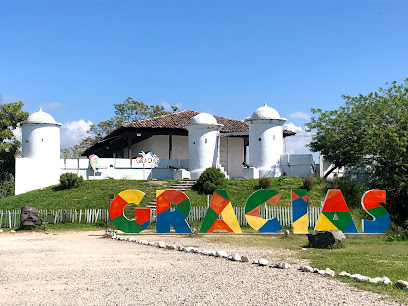
Parque Nacional Celaque
Explore the breathtaking landscapes and rich biodiversity of Parque Nacional Celaque, Honduras' premier destination for nature lovers and adventure seekers.
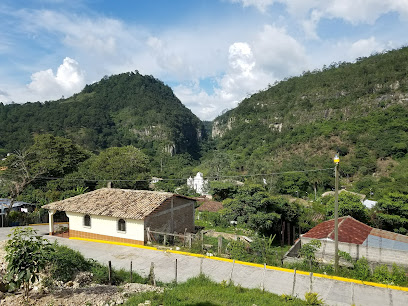
Kandil | Pizza y Café
Discover Kandil | Pizza y Café in Gracias, Honduras - where delicious pizza meets a cozy atmosphere in the heart of this vibrant town.
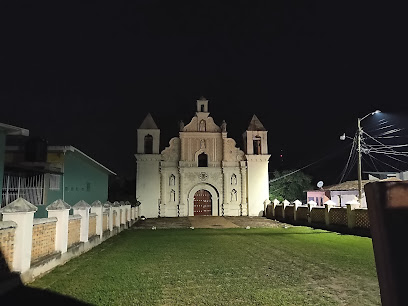
Hotel Posada de Don Juan
Discover comfort and charm at Hotel Posada de Don Juan in Gracias, the ideal base for exploring Honduras' rich history and natural beauty.
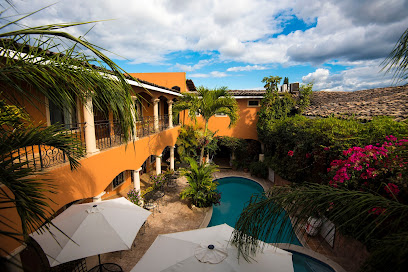
Gracias, Lempira
Experience the historical richness and vibrant culture of Gracias, Lempira, a must-visit destination in Honduras for every traveler.
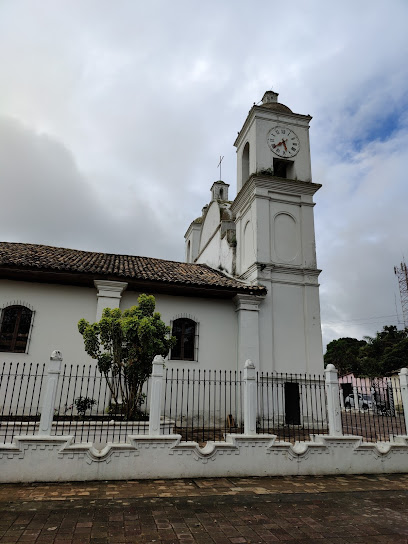
Guancascos´Hotel & Restaurant
Discover the perfect blend of comfort and local cuisine at Guancascos Hotel & Restaurant in the heart of Gracias, Lempira, Honduras.

Ruta Lenca Café & Bar
Discover the culinary delights of Ruta Lenca Café & Bar in Gracias, Lempira – where traditional flavors meet a cozy ambiance for the perfect dining experience.
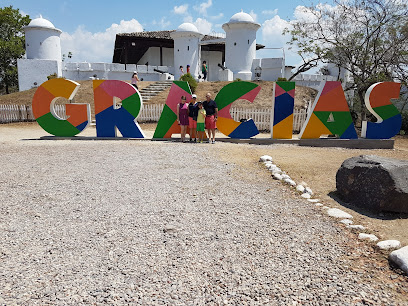
Casa Galeano
Explore the rich cultural heritage of Honduras at Casa Galeano, a captivating museum in Gracias, Lempira, showcasing the region's history and traditions.
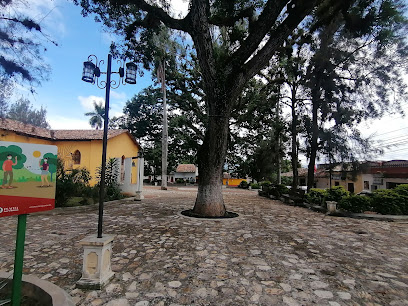
Hotel Finca Bavaria
Experience a taste of Honduras at Hotel Finca Bavaria, where local flavors meet international cuisine in a charming setting.

Casa Hercules
Explore the tranquility of Casa Hercules, a vibrant garden retreat in Gracias, Lempira, where nature and serenity meet in perfect harmony.

Senderismo Tours
Discover breathtaking hikes and natural beauty with Senderismo Tours in Gracias, Lempira - a true paradise for nature lovers and adventure seekers.
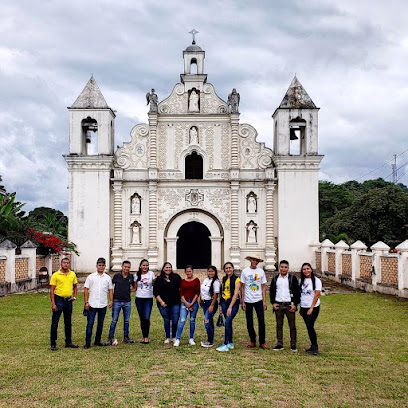
Doctor Juan Lindo Tomb
Visit the Doctor Juan Lindo Tomb in Gracias for a rich historical experience amidst stunning landscapes and cultural heritage in Honduras.
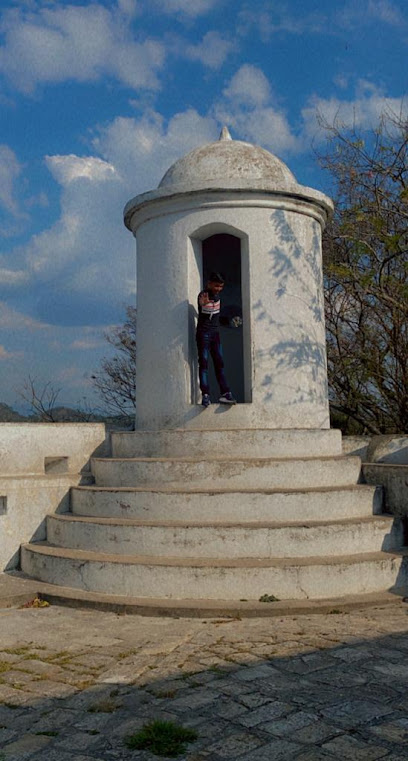
LA MISIÓN, GRACIAS LEMPIRA
Experience tranquility and natural beauty at La Misión, a serene city park in Gracias Lempira, Honduras, perfect for relaxation and exploration.
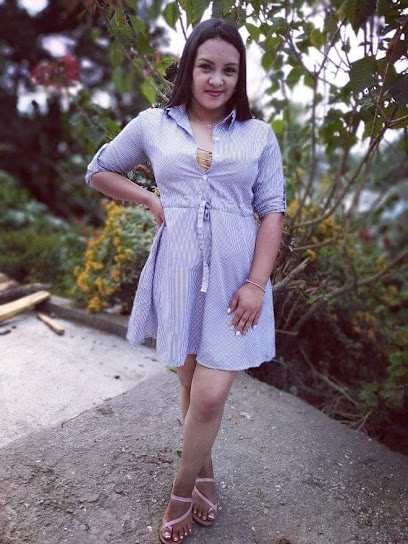
El joncalito
Explore El Joncalito, a historical landmark in Lempira, Honduras, where rich culture meets breathtaking natural beauty.

Unmissable attractions to see
Parque Luis Alfonso Velásquez Flores
Discover tranquility and vibrant community life at Parque Luis Alfonso Velásquez Flores, Managua's beloved park and tourist attraction.

Parque del Bicentenario
Explore Parque del Bicentenario, a stunning urban park in San Salvador, perfect for relaxation and outdoor activities surrounded by nature.
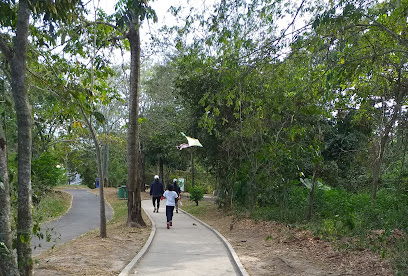
Cataratas Pulhapanzak
Experience the stunning beauty and thrilling adventures at Cataratas Pulhapanzak, a must-visit waterfall destination in Honduras.
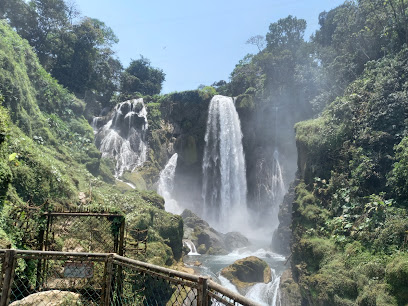
Basílica de Nuestra Señora de Suyapa
Discover the architectural beauty and spiritual significance of the Basílica de Nuestra Señora de Suyapa in Tegucigalpa, a must-visit pilgrimage site in Honduras.
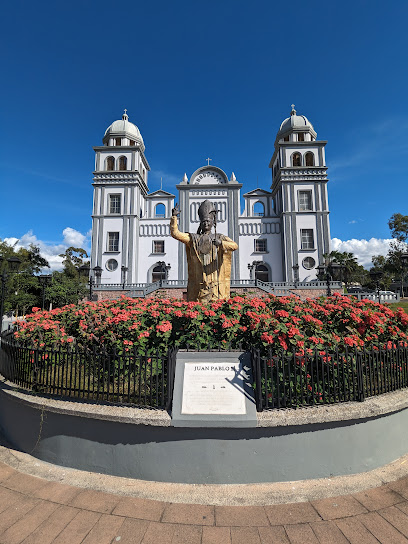
El Cerrito
Discover El Cerrito, a stunning monument in Santa Rosa de Copan, where history and culture meet breathtaking views and local charm.
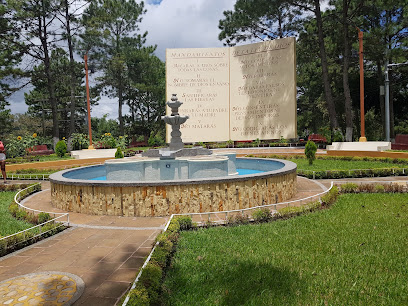
Dr. David J. Guzmán National Museum
Discover the cultural wealth of El Salvador at the Dr. David J. Guzmán National Museum, home to fascinating archaeological treasures and engaging exhibits.
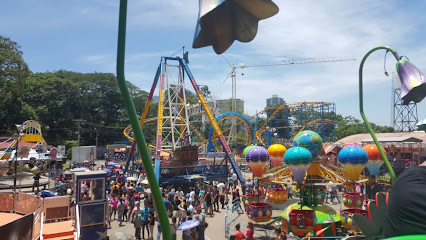
Aguas Termales Presidente
Experience the healing waters and lush landscapes of Aguas Termales Presidente, a natural thermal spring in Lempira, Honduras.
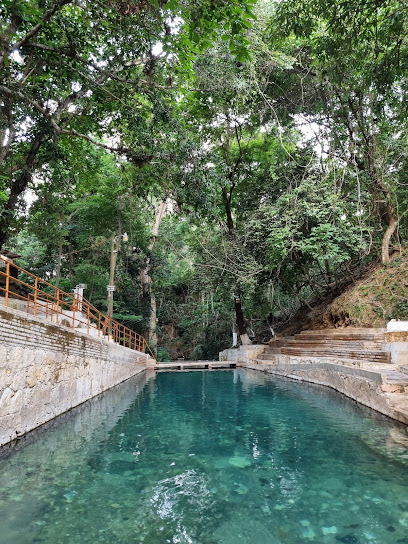
Chatun Park
Discover the beauty of nature and thrilling rides at Chatun Park, an ecological and amusement paradise in Esquipulas, Guatemala.
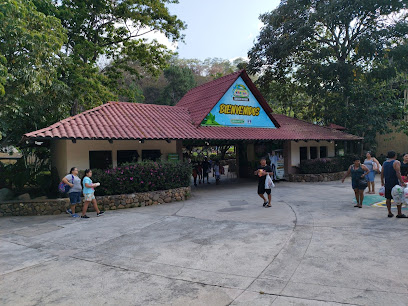
La Leona Park
Discover the breathtaking views and serene atmosphere at La Leona Park, a must-visit destination in Tegucigalpa for nature lovers and adventure seekers.

Furesa
Explore the wonders of wildlife at Furesa, a charming zoo and conservation center in Jayaque, El Salvador, perfect for family adventures and nature lovers.
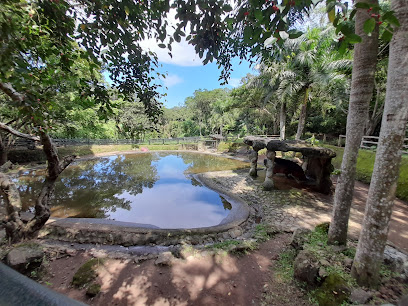
Metropolitan Zoo Rosy Walther
Explore the Metropolitan Zoo Rosy Walther in Tegucigalpa, a family-friendly attraction showcasing diverse wildlife and promoting conservation efforts.
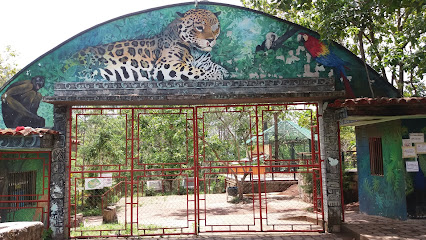
Fuerte San Cristóbal
Explore the historic Fuerte San Cristóbal in Gracias, Lempira, and enjoy breathtaking views and a journey through colonial history.
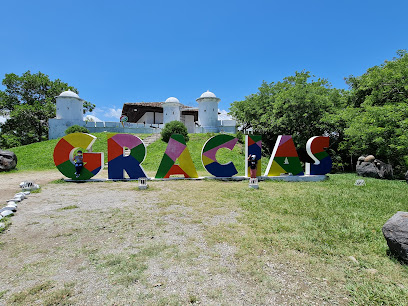
Parque Nacional Celaque
Explore the breathtaking landscapes and rich biodiversity of Parque Nacional Celaque, a hidden gem in Honduras for nature lovers and adventure seekers.
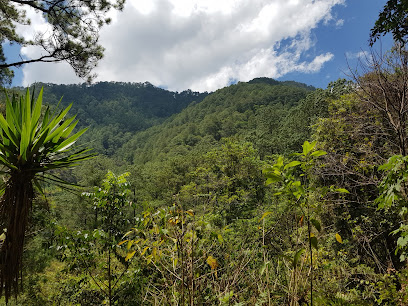
Parque Nacional Cerro Azul Meámbar
Explore the lush landscapes and diverse wildlife of Parque Nacional Cerro Azul Meámbar, a national park offering adventure and tranquility in Honduras.
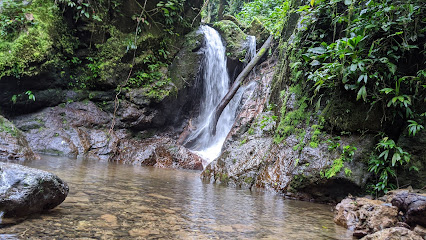
Pino Dulce Ecological Park
Explore the beauty of Pino Dulce Ecological Park in Guatemala, a sanctuary for nature lovers and adventure enthusiasts alike.
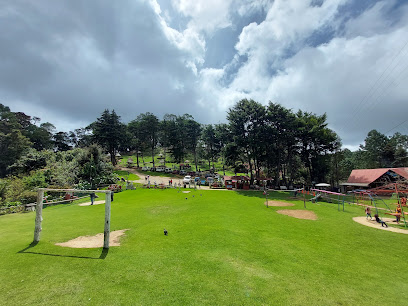
Essential places to dine
Kandil | Pizza y Café
Discover Kandil | Pizza y Café in Gracias - where delicious pizzas meet warm hospitality amidst stunning Honduran scenery.

Jardín Café
Experience authentic Honduran cuisine with stunning views at Jardín Café – your gateway to exploring the beauty of Gracias.
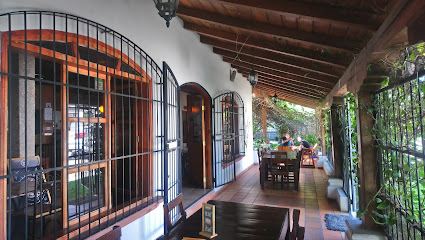
Restaurante Buggys • Gracias
Discover authentic Honduran cuisine at Restaurante Buggys in Gracias - where every dish tells a story of flavor and tradition.
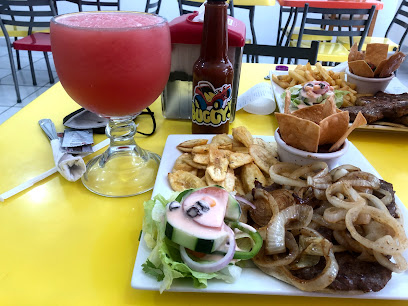
Tejas & Brasas Restaurant
Discover authentic Honduran cuisine at Tejas & Brasas Restaurant in Gracias—where local flavors meet warm hospitality.
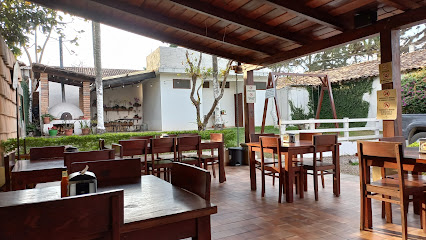
Villa Santos Café Bistró
Discover the culinary delights at Villa Santos Café Bistró in Gracias – where exceptional coffee meets gourmet dining in a cozy atmosphere.
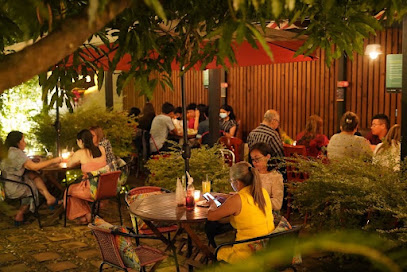
El Jarrón
Discover authentic Honduran cuisine at El Jarrón in Gracias; where tradition meets flavor in a cozy setting.
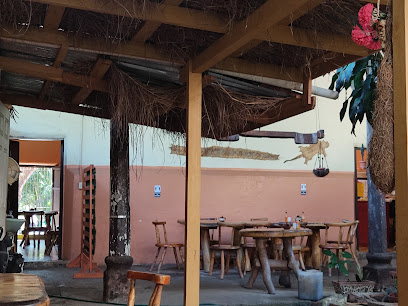
Latitud Express 24/7
Experience authentic Honduran cuisine and international flavors at Latitud Express 24/7 in Gracias - open all day for your dining pleasure.
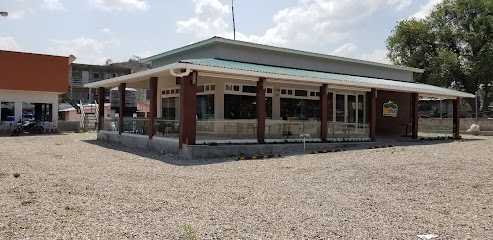
Restaurante Los Asados
Discover authentic Honduran flavors at Restaurante Los Asados in Gracias - a must-visit for food enthusiasts seeking local culinary delights.
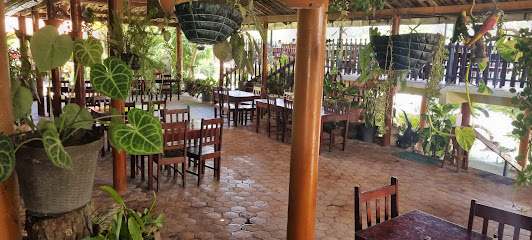
Asados Anahí
Discover authentic Honduran cuisine at Asados Anahí in Gracias - a culinary delight that showcases local flavors and vibrant culture.
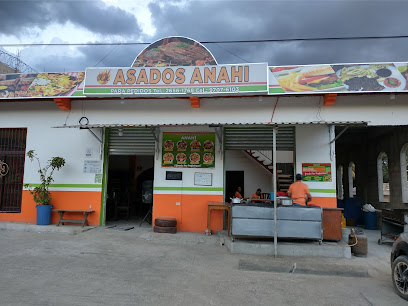
Restaurante Típicos Bella Celaque
Discover the authentic tastes of Honduras at Restaurante Típicos Bella Celaque in Gracias - a culinary journey not to be missed.
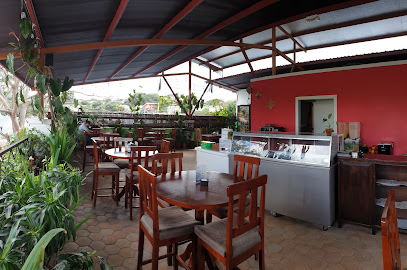
Dr. Burger
Discover the flavors of Gracias at Dr. Burger - where delicious burgers meet local charm in Lempira.
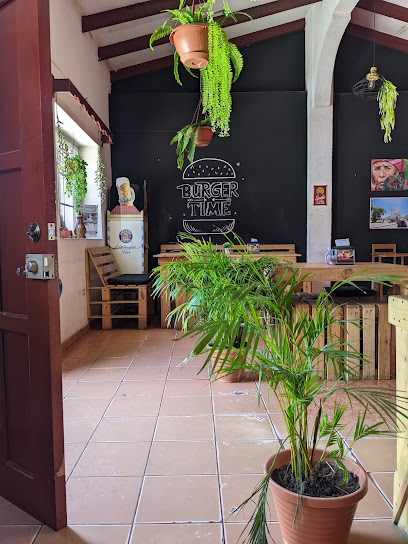
Sopas La Vid
Discover authentic Honduran flavors at Sopas La Vid in Gracias—your go-to spot for traditional soups and warm hospitality.
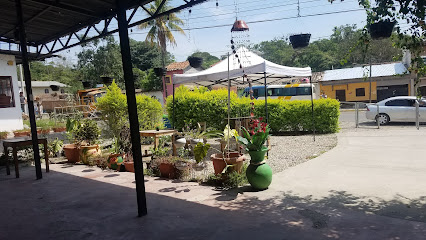
Restaurante China Oriental
Discover authentic Chinese cuisine at Restaurante China Oriental in Gracias, Lempira - where every dish tells a story.
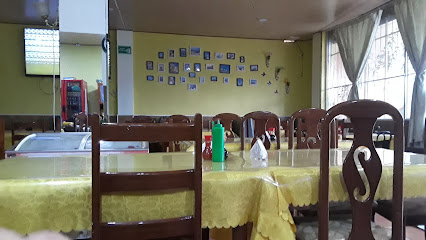
The Palets
Discover the flavors of France at The Palets in Gracias—your go-to spot for delightful crêpes and cozy café vibes.
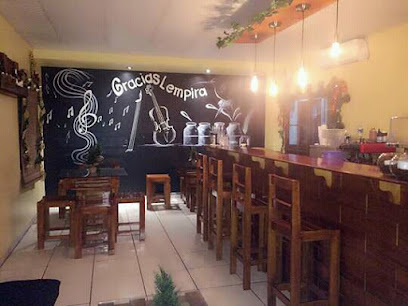
The Cacique Taquería
Experience authentic Mexican flavors at The Cacique Taquería in Gracias - a must-visit destination for food lovers exploring Lempira.
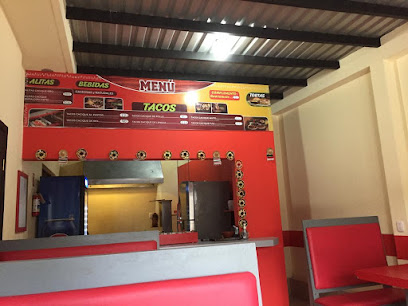
Markets, malls and hidden boutiques
El Compadre • Gracias Lempira
Explore vibrant local fashion at El Compadre, a charming clothing store in Gracias, Lempira, where culture and creativity meet.

Variedades Gloria
Explore Variedades Gloria in Gracias for a unique shopping experience, featuring art supplies, sewing essentials, and local treasures in a welcoming setting.
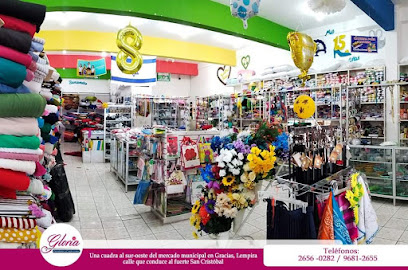
Sportscenter
Shop the latest in sportswear at Sportscenter in Gracias, Lempira, where local passion for sports meets quality athletic gear.
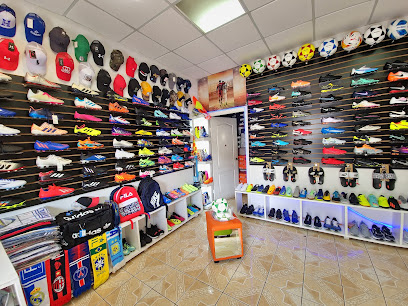
Party Fiesta
Explore the vibrant culture of Honduras at Party Fiesta, a unique gift shop in Gracias offering authentic local handicrafts and souvenirs.

Mia Luna Creations
Explore the heart of Honduras at Mia Luna Creations - a charming gift shop offering unique handcrafted treasures and local artistry.
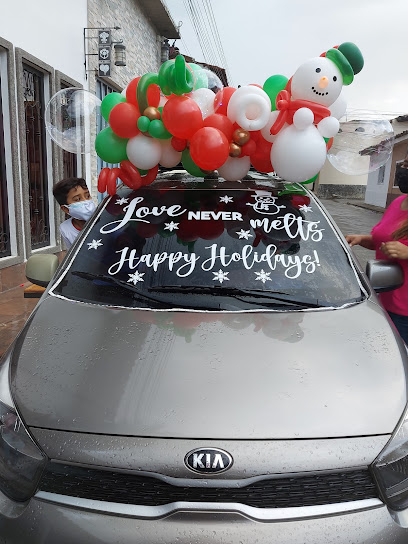
Real Graci
Explore the exquisite couture at Real Graci, where elegance meets local craftsmanship in Gracias, Lempira, Honduras.
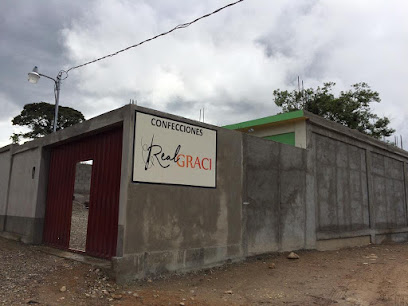
Tiendas Rosy • Gracias
Discover the essence of Honduran fashion at Tiendas Rosy in Gracias, where vibrant styles meet local culture.
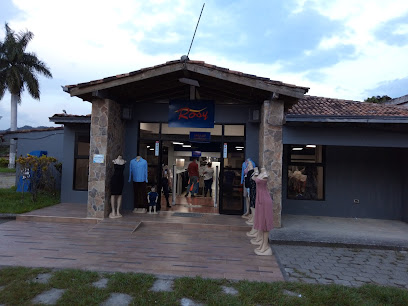
Artesanos 504
Discover the essence of Honduran culture at Artesanos 504, a treasure trove of artisan crafts and unique souvenirs in Gracias.

Tienda Isabella
Explore the latest youth fashion trends at Tienda Isabella in the charming town of Gracias, Lempira, and express your unique style.

El Rinconcito de Fer
Explore El Rinconcito de Fer in Gracias for unique fashion accessories that reflect local craftsmanship and vibrant style.
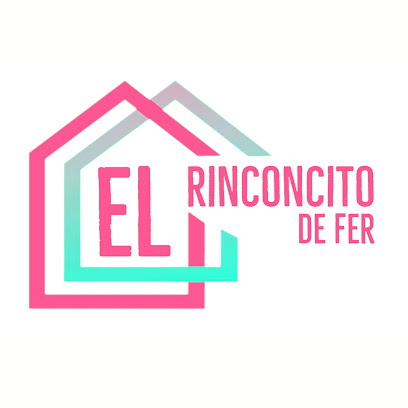
La Shop
Discover unique crafts and local souvenirs at La Shop, a vibrant store in Gracias, Lempira, celebrating the rich culture of Honduras.
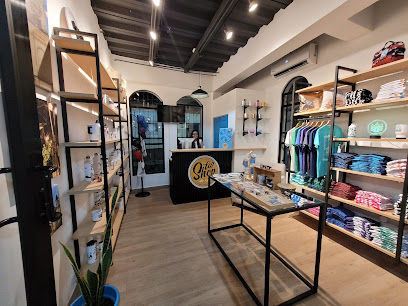
Creaciones Yasma
Discover unique handmade gifts and local crafts at Creaciones Yasma, a charming gift shop in Gracias, Honduras, celebrating artisan culture.
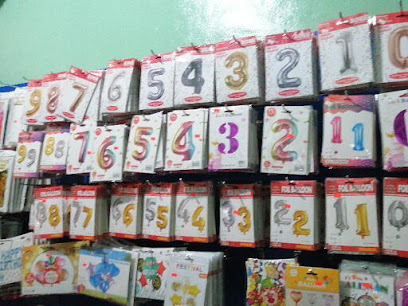
Tiendas Murcia's #11
Uncover unique clothing treasures and embrace sustainable fashion at Tiendas Murcia's #11 in the heart of Gracias, Lempira.
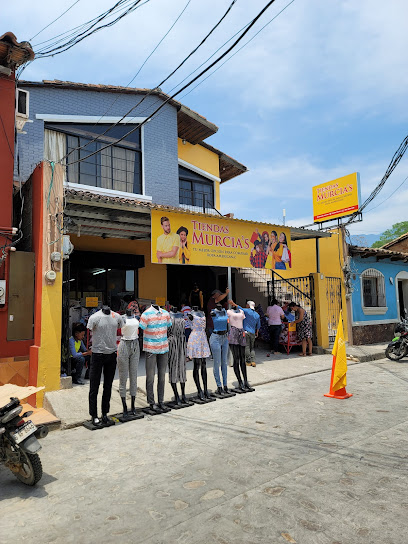
Aromas y Tendencias
Discover the essence of Honduras at Aromas y Tendencias, a charming perfume store in Gracias offering unique fragrances and local artistry.
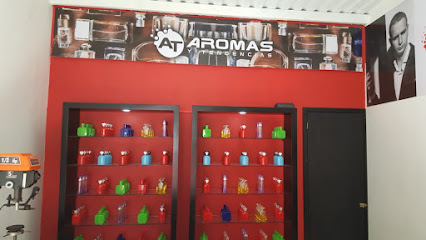
Boutique JLV
Discover stylish apparel at Boutique JLV in Gracias, where local culture meets contemporary fashion.
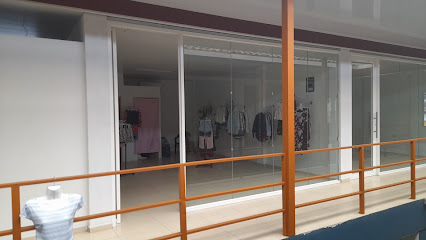
Essential bars & hidden hideouts
Kandil | Pizza y Café
Discover Kandil | Pizza y Café in Gracias, Honduras for a delightful dining experience featuring delicious pizzas and aromatic coffee in a warm atmosphere.
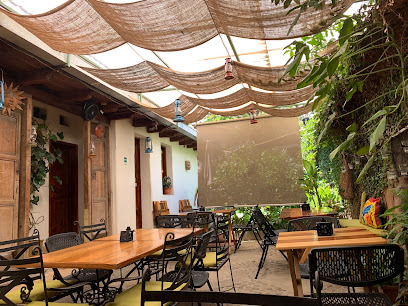
Jardín Café
Experience the flavors of Honduras at Jardín Café, a charming restaurant in Gracias offering stunning views and a diverse menu.
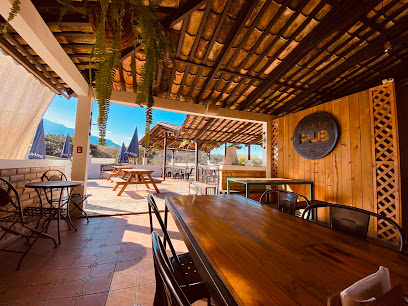
Restaurante Buggys • Gracias
Experience the authentic flavors of Honduras at Restaurante Buggys in Gracias, where every dish tells a story of culinary tradition.
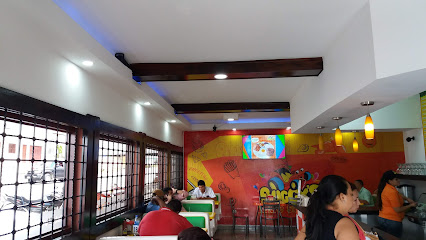
Hotel Finca Bavaria
Discover the vibrant flavors of Honduras at Hotel Finca Bavaria, where exceptional cuisine meets breathtaking views in the heart of Gracias.
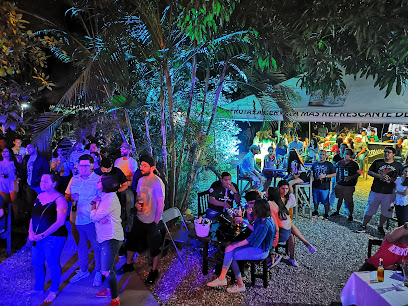
Villa Santos Café Bistró
Discover Villa Santos Café Bistró, a charming bistro in Gracias offering gourmet coffee and a delightful menu in a cozy atmosphere.
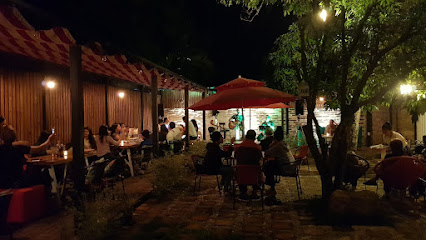
Café Lounge Liquidámbar
Discover the flavors of Honduras at Café Lounge Liquidámbar, a cozy restaurant offering a delightful blend of local and international cuisine in Gracias.
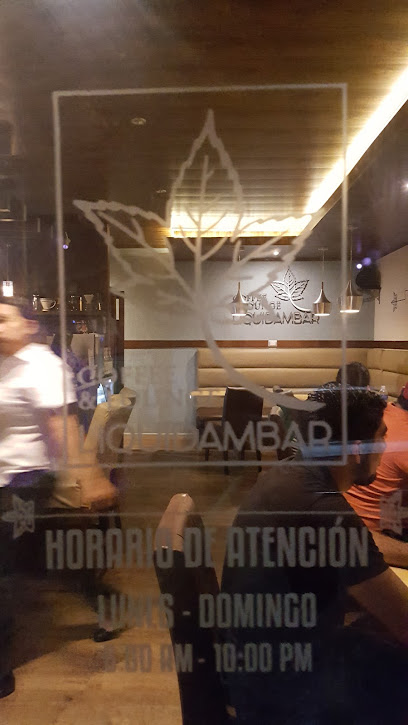
La Esquina Bistro
Experience authentic Honduran cuisine in the heart of Gracias at La Esquina Bistro, where every dish tells a story of flavor and tradition.
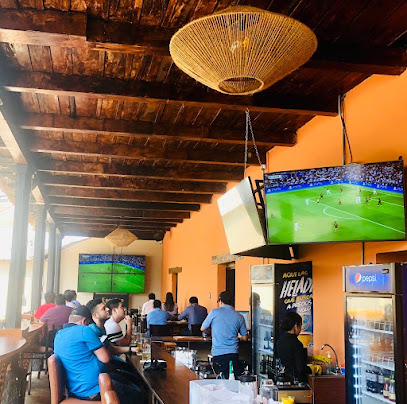
CELAQUE BAR & GIRLL
Enjoy the vibrant atmosphere of CELAQUE BAR & GRILL in Gracias, where great food meets sports excitement in a friendly setting.
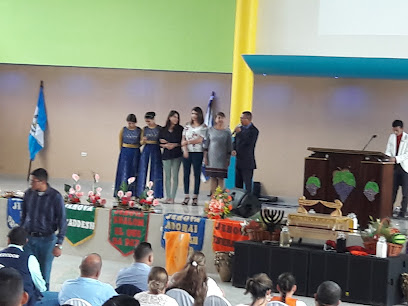
Mac Burger
Experience the best of local cuisine at Mac Burger in Gracias, where delicious burgers and friendly service await every visitor.
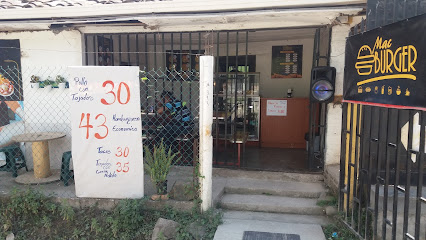
1301 Lounge Bar
Experience the vibrant nightlife at 1301 Lounge Bar in Gracias, where great drinks and lively music create an unforgettable evening.

Terrebar
Discover Terrebar in Gracias, a vibrant bar offering a cozy atmosphere, exquisite drinks, and an ideal spot to unwind after exploring Honduras.

Noches VIP
Discover the vibrant nightlife at Noches VIP, a lively bar in Gracias offering a delicious selection of drinks and an inviting atmosphere.
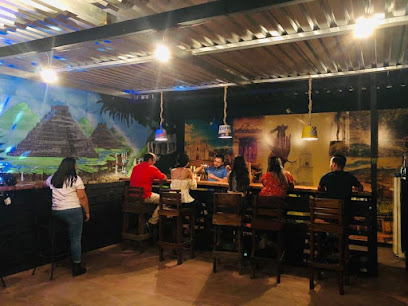
LIQUOR STORE 1301
Discover the lively nightlife at LIQUOR STORE 1301 in Gracias, Lempira—where local flavor meets vibrant ambiance in a perfect bar experience.

Fortezza Cafe+Bar
Experience the essence of Gracias at Fortezza Cafe+Bar, where rich coffee and a cozy atmosphere await every traveler.
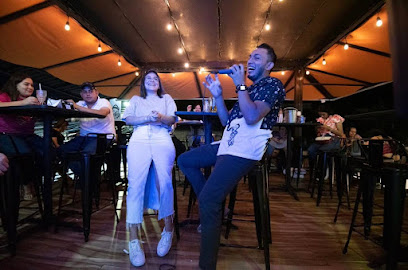
Punto D' Encuentro
Discover the vibrant atmosphere of Punto D' Encuentro, a cherished bar in Gracias, Honduras, offering local drinks and a taste of culture.
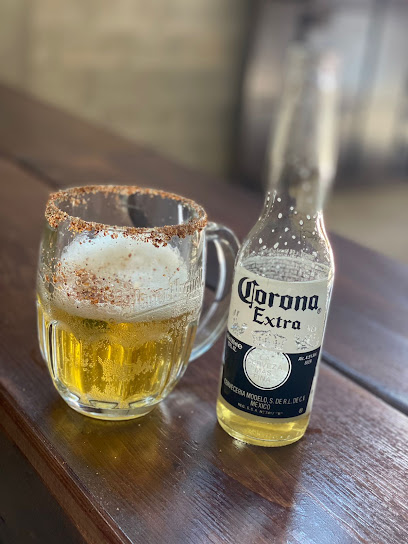
Local Phrases
-
- HelloHola
[oh-lah] - GoodbyeAdiós
[ah-dee-ohs] - YesSí
[see] - NoNo
[noh] - Please/You're welcomePor favor
[por fah-vor] - Thank youGracias
[grah-see-ahs] - Excuse me/SorryDisculpe
[dee-skool-peh] - How are you?¿Cómo estás?
[koh-moh ehs-tahs] - Fine. And you?Bien. ¿Y tú?
[byen. ee too] - Do you speak English?¿Hablas inglés?
[ah-blahs een-glehs] - I don't understandNo entiendo
[noh ehn-tee-ehn-doh]
- HelloHola
-
- I'd like to see the menu, pleaseMe gustaría ver el menú, por favor
[meh goo-stah-ree-ah behr ehl meh-noo, por fah-vor] - I don't eat meatNo como carne
[noh koh-moh kahr-neh] - Cheers!¡Salud!
[sah-lood] - I would like to pay, pleaseMe gustaría pagar, por favor
[meh goo-stah-ree-ah pah-gahr, por fah-vor]
- I'd like to see the menu, pleaseMe gustaría ver el menú, por favor
-
- Help!¡Ayuda!
[ah-yoo-dah] - Go away!¡Vete!
[veh-teh] - Call the Police!¡Llama a la policía!
[yah-mah ah lah poh-lee-see-ah] - Call a doctor!¡Llama a un médico!
[yah-mah ah oon meh-dee-koh] - I'm lostEstoy perdido/a
[ehs-toy pehr-dee-doh/dah] - I'm illEstoy enfermo/a
[ehs-toy ehn-fehr-moh/dah]
- Help!¡Ayuda!
-
- I'd like to buy...Me gustaría comprar...
[meh goo-stah-ree-ah kohm-prahr] - I'm just lookingSolo estoy mirando
[soh-loh ehs-toy mee-rahn-doh] - How much is it?¿Cuánto cuesta?
[kwan-toh kweh-stah] - That's too expensiveEso es demasiado caro
[eh-soh ehs deh-mah-syah-doh kah-roh] - Can you lower the price?¿Puede bajar el precio?
[pweh-deh bah-hahr ehl preh-syoh]
- I'd like to buy...Me gustaría comprar...
-
- What time is it?¿Qué hora es?
[keh oh-rah ehs] - It's one o'clockEs la una
[ehs lah oo-nah] - Half past (10)Las diez y media
[lahs d'yehs ee meh-dee-ah] - MorningMañana
[mah-nyah-nah] - AfternoonTarde
[tahr-deh] - EveningNoche
[noh-cheh] - YesterdayAyer
[ah-yehr] - TodayHoy
[oy] - TomorrowMañana
[mah-nyah-nah] - 1Uno
[oo-noh] - 2Dos
[dohs] - 3Tres
[trehs] - 4Cuatro
[kwah-troh] - 5Cinco
[seen-koh] - 6Seis
[says] - 7Siete
[syeh-teh] - 8Ocho
[oh-choh] - 9Nueve
[nweh-veh] - 10Diez
[dyehs]
- What time is it?¿Qué hora es?
-
- Where's a/the...?¿Dónde está...?
[dohn-deh ehs-tah] - What's the address?¿Cuál es la dirección?
[kwal ehs lah dee-rehk-syon] - Can you show me (on the map)?¿Puedes mostrarme (en el mapa)?
[pweh-dehs mohs-trar-meh (ehn ehl mah-pah)] - When's the next (bus)?¿Cuándo es el próximo (autobús)?
[kwan-doh ehs ehl proh-ksee-moh (ow-toh-boos)] - A ticket (to ....)Un boleto (a ...)
[oon boh-leh-toh (ah ...)]
- Where's a/the...?¿Dónde está...?
History of Gracias
-
Gracias, officially known as Gracias a Dios, was founded in 1536 by Spanish Conquistador Gonzalo de Alvarado y Chávez. The city quickly became a significant administrative and commercial center for the Spanish Crown due to its strategic location in the western highlands of Honduras.
-
In 1544, Gracias was designated as the capital of the Province of Honduras. This period marked a high point in the city's history as it became the seat of the Real Audiencia de los Confines, a major administrative body for the Spanish colonies in Central America. This made Gracias an important hub for political and judicial affairs.
-
By 1549, the Real Audiencia de los Confines was moved to Antigua, Guatemala, due to logistical and environmental challenges in Gracias. This relocation marked the beginning of a decline in the city's prominence, as political and economic activities gradually shifted away.
-
Gracias retains much of its colonial charm, with well-preserved structures such as the Iglesia de San Marcos and the Casa Galeano. These edifices serve as a testament to the city's rich architectural heritage and provide a glimpse into its past glory.
-
The region around Gracias is closely associated with Lempira, a Lenca leader who resisted Spanish conquest in the 1530s. His legacy is celebrated in Gracias through various monuments and cultural festivals, highlighting the enduring significance of indigenous heritage in the area.
-
In contemporary times, Gracias has emerged as a cultural hub, attracting tourists with its rich history, vibrant festivals, and natural beauty. The city's annual Festival de San Sebastián and the enchanting Celaque National Park are popular attractions that draw visitors from around the world.
Gracias Essentials
-
Gracias is located in the Lempira Department of Honduras. The nearest international airport is Ramón Villeda Morales International Airport in San Pedro Sula, approximately 190 kilometers away. From San Pedro Sula, you can take a bus or hire a private car to Gracias. The journey typically takes around 4 to 5 hours by road. Another option is to fly into Toncontín International Airport in Tegucigalpa and travel to Gracias by bus or car, which takes around 5 to 6 hours.
-
Gracias is a relatively small town, and many of its attractions are within walking distance. For longer trips, local taxis are readily available and reasonably priced. There are also buses and minibuses (known locally as 'colectivos') that operate within the town and connect to nearby villages and towns. Renting a car can also be a convenient option for exploring the surrounding areas at your own pace.
-
The official currency in Honduras is the Honduran Lempira (HNL). Credit cards are accepted in some hotels, restaurants, and shops in Gracias, but it is advisable to carry cash, especially in smaller establishments and rural areas. ATMs are available in Gracias, but it is wise to withdraw sufficient cash beforehand to ensure you have enough funds for your needs.
-
Gracias is generally a safe destination for tourists. However, it is advisable to take standard precautions. Avoid walking alone at night in unfamiliar areas and keep an eye on your belongings in crowded places. While Gracias does not have high-crime areas specifically targeting tourists, it is always best to stay vigilant and aware of your surroundings.
-
In case of emergency, dial 911 for immediate assistance. The local police station and medical facilities are available in Gracias. It is recommended to have travel insurance that covers medical emergencies. For minor health issues, there are pharmacies in the town where you can purchase over-the-counter medications.
-
Fashion: Do dress modestly, especially when visiting religious sites. Avoid wearing revealing clothing. Religion: Do respect local customs and traditions. Always cover your head when entering churches and religious sites. Public Transport: Do be respectful and give up your seat to elderly passengers. Don't eat or drink on public transport. Greetings: Do greet people with a handshake. A slight bow of the head is also a sign of respect. Eating & Drinking: Do try local delicacies and accept food offerings graciously. Don't refuse hospitality, as it is considered impolite.
-
To experience Gracias like a local, visit the local markets where you can buy fresh produce and traditional Honduran goods. Engage with locals, as they are often friendly and willing to share stories about the town's history and culture. Don't miss visiting the Gracias Fort, the colonial church of La Merced, and the Celaque National Park, which offers excellent hiking opportunities and stunning natural scenery.
Trending Landmark in Gracias
-
Aguas Termales Presidente
-
Fuerte San Cristóbal
-
Parque Nacional Celaque
-
Kandil | Pizza y Café
-
Hotel Posada de Don Juan
-
Gracias, Lempira
-
Guancascos´Hotel & Restaurant
-
Ruta Lenca Café & Bar
-
Casa Galeano
-
Hotel Finca Bavaria
-
Casa Hercules
-
Senderismo Tours
-
Doctor Juan Lindo Tomb
-
LA MISIÓN, GRACIAS LEMPIRA
-
El joncalito
Nearby Cities to Gracias
-
Things To Do in Santa Rosa de Copán
-
Things To Do in Copán Ruinas
-
Things To Do in Suchitoto
-
Things To Do in San Pedro Sula
-
Things To Do in San Salvador
-
Things To Do in Puerto Barrios
-
Things To Do in Santa Ana
-
Things To Do in Rio Dulce
-
Things To Do in San Miguel
-
Things To Do in Chalchuapa
-
Things To Do in Livingston
-
Things To Do in La Libertad
-
Things To Do in Puerto Cortés
-
Things To Do in Tegucigalpa
-
Things To Do in Punta Gorda

